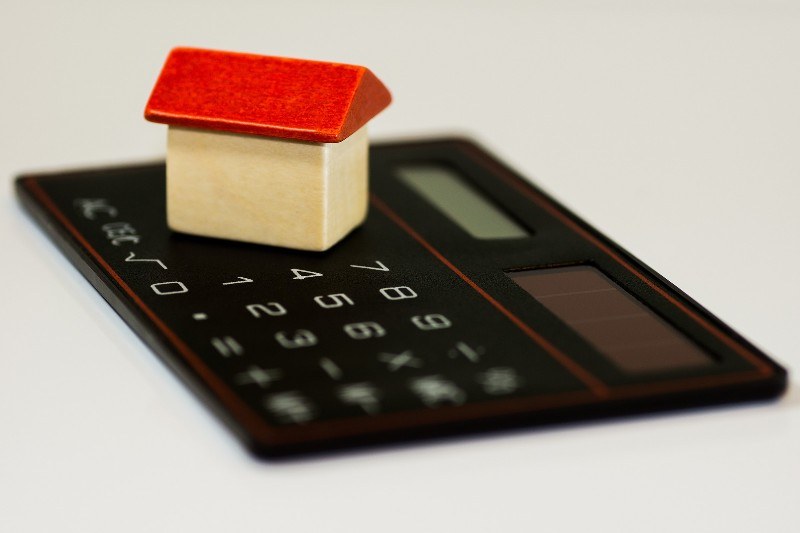The “silver tsunami” is officially here - the baby boomers have entered retirement, and they’re exploring what lifestyle and financial changes are necessary to continue living comfortably.
Housing is a big part of aging considerations. Not only are baby boomers figuring out whether they can (or want to) age in place - they’re also making use of financial options such as a reverse mortgage.
So what, exactly, is a reverse mortgage - and is it a good idea? Here’s what you need to know.
Reverse mortgage explained
A reverse mortgage is an option only accessible to homeowners aged 62 and older, who live in their home and have already paid off some of their home’s mortgage. It allows these homeowners to borrow from their home’s equity, using it as a source of tax-free income.
So instead of a regular mortgage, where the homeowner pays the bank, in a reverse mortgage the bank pays the homeowner. During this time, the homeowner(s) can continue to live there, and the title of the home remains with the homeowner.
The borrower must pay origination fees, like they would for a typical home mortgage; according to Mortgage Rewind, “HUD requires that origination fees do not exceed 2% of the first $200,000 in home value and 1% of the home value over $200,000, with a hard cap of $6,000.”
The loan is then repaid when the homeowner sells the home, dies, or moves. Lenders need to follow federal regulations which stipulate that the loan shouldn’t exceed the home’s value, or that the borrower can’t be responsible for paying the difference if the loan does exceed the home’s value (this can happen if the home loses value over time, rather than appreciates).
To summarize: who qualifies for a reverse mortgage?
- Homeowners aged 62 and older (for couples: the youngest borrower on the mortgage must be 62)
- People who live in their home as a primary residence
- People with sufficient equity in their homes
How much equity is needed for a reverse mortgage?
Although it’s a common misconception, you don’t need to have 100% equity in your home to get approved. However, you will need to use the reverse mortgage to pay off the conventional home mortgage, so in most cases you’d need at least 50% equity. You also need to account for taxes and fees, which will eat into the line of credit available to you.
Can you sell a house with a reverse mortgage?
A reverse mortgage is similar to a real mortgage, in that you can sell at any time. Because the homeowner has been borrowing from their own equity, though, the loan has to be repaid once the home is sold.
Until you repay the loan, there will be a lien on the home (a legal claim by another entity - in this case the lender - to repossess if your debt to them isn’t paid), so it isn’t possible to sell the house without paying back the reverse mortgage.
Is a reverse mortgage a good idea?
A reverse mortgage can be a good idea if you plan to live in your home for a long time. If you plan on moving in the next several years, though, you might be better off simply selling your home or finding an alternative source of income. There are fees and up-front costs associated with a reverse mortgage.
A reverse mortgage also isn’t a good idea for homeowners who want someone to inherit their home after they die.
Is there such a thing as a reverse mortgage foreclosure?
Yes and no. Normally a home goes into foreclosure when the borrower fails to make their regularly scheduled payments. With a reverse mortgage, though, there is no payment required.
A foreclosure can happen in some cases, though, if the homeowner fails to follow the borrower obligations they agreed to. Maintenance and care are a big part of this, because failing to maintain the house can cause the home’s value to depreciate. Borrowers also must pay property taxes as long as they live in the home.
The other foreclosure event that can happen is when the loan itself matures (such as when the last borrower leaves - for a nursing home, or dies, etc). The heirs of the estate are given a few months to sell the home and close the loan - if this doesn’t happen, the lender will take over and foreclose it.
Reverse mortgage: pros and cons
Like anything, there are benefits and drawbacks to a reverse mortgage.
Pros:
- Being able to borrow from equity can ease the financial constraints of limited retirement income
- Home prices typically appreciate, which means there may still be money left to distribute beyond the balance of the reverse mortgage loan once the loan matures
Cons:
- A reverse mortgage comes with closing fees and other costs - the origination fee can be as high as $6,000, depending on the home’s value
- Unlike with a traditional mortgage, failing to pay taxes or homeowner fees can result in foreclosure
- You will no longer have your home as a source of future equity. If you need to move and purchase a smaller home, the transition might be difficult as funds have already been sapped
What’s an alternative to a reverse mortgage?
Typically homeowners who need to access a reverse mortgage, need additional capital now. So what else can you do?
- The most obvious alternative solution to a reverse mortgage is selling your current home and downsizing. This may be hard to do - especially if you have built a lifetime of memories there - but it can allow you to access the equity you’ve put into your home.
- Another option is refinancing your home, if you’re still paying off the mortgage. If the issue is simply too many bills, this can allow you to get your monthly payments down to a more manageable amount.
- Get a HELOC, or home equity line of credit loan - a line of credit on your home. The length of a HELOC can run fairly long - think 10 years (with a 20 year repayment period, for example).



